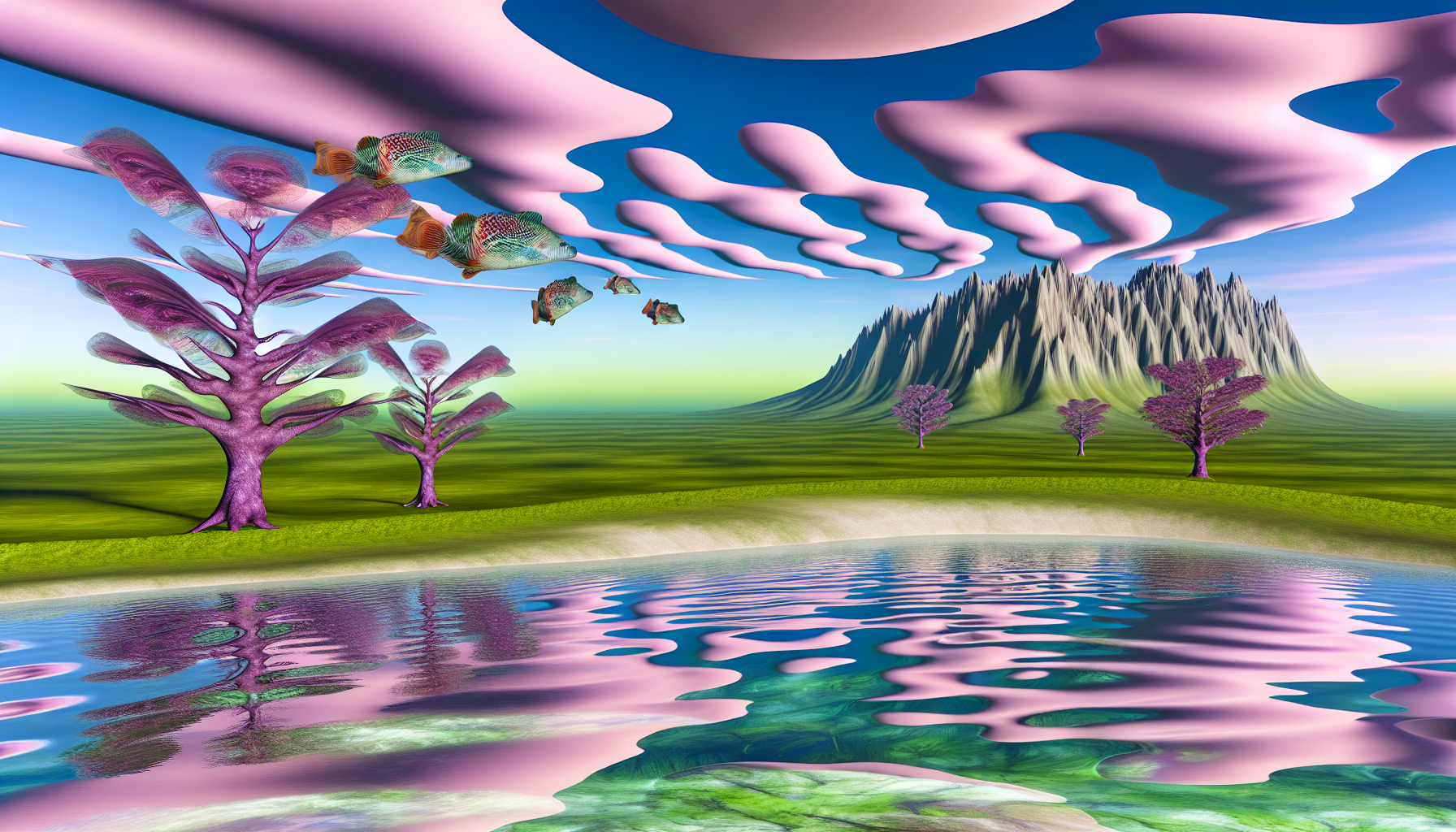Surrealism and Dreams
Surrealism, an artistic and literary movement that flourished in Europe between World Wars I and II, has long been associated with the boundless realm of dreams. Stirring the subconscious and vaulting beyond the logic-governed walls of reality, Surrealist artists found a liberating force in dreams that allowed them to express the ineffable—a world rich with symbolism, uncanny juxtapositions, and a peculiar logic that spoke more directly to emotions than to the intellect. Understanding how dreams influenced these artworks is to embark on a journey through a mindscape where the ordinary is transformed into the extraordinary, and where every brushstroke can be a window into the deepest recesses of human thought and emotion.

The Roots of Surrealism in Dream Analysis
The Surrealist movement drew heavily upon the burgeoning field of psychoanalysis pioneered by figures like Sigmund Freud. Freud’s seminal work "The Interpretation of Dreams," published at the dawn of the 20th century, posited that dreams were a manifestation of our deepest desires and anxieties, a latent content presented through a confusing array of symbols and events – a manifest content. The artists of the Surrealist movement seized upon this idea, seeing in it the potential to bypass rational thought and create a direct conduit to the unconscious mind.
Freud's Impact on Surrealist Artists
Freud's theories provided a framework that Surrealists used to excavate the hidden layers of the human psyche. Artists like Salvador Dalí, Max Ernst, and René Magritte became adept at translating the dream state's strange logic into visual art, each developing their own unique visual vocabulary laden with personal symbols and motifs.
Dream Imagery in Surrealist Art
Artists involved in Surrealism created images that were strikingly dreamlike—incongruous, bizarre, and often irrational in nature, yet rendered with meticulous realism that made the unreal seem alarmingly tangible. Such dream-inspired Surrealist art invites the viewer to share in a sense of the uncanny, to experience the unbridled freedom of thought and the liberation from objective reality.
Salvador Dalí's "Dream Caused by the Flight of a Bee Around a Pomegranate a Second Before Awakening"
Dalí's famous painting is as much an exploration of Freudian dream interpretation as it is a masterpiece of the Surrealist movement. The piece exemplifies how dreams offer a rich tapestry from which Surrealists weave their visual narratives—combining disparate symbols to compose a scene that vibrates between the possible and the preposterous.
The Surrealist Technique: Automatism and Unexpected Juxtapositions
Some Surrealists employed a technique called "automatism," which involved suppressing conscious control to allow the subconscious mind to express itself. Artists like Joan Miró would use automatism to create paintings that appear as spontaneous as dreams themselves.
Juxtapositions that Startle the Viewer
Juxtaposed images in Surrealist works are deliberately disorienting, intended to shake the viewer from complacency and provoke a deeper, perhaps more introspective response. Magritte's "The Treachery of Images" challenges the distinction between objects and their representations, mirroring the way dreams blur the line between reality and fantasy.
The Legacy and Influence of Dreams on Surrealism
The exploration of dreams was instrumental in the formation of the Surrealist philosophy, so much so that it's challenging to think about Surrealism without conjuring images of dreamscapes. The works produced under this movement have left an indelible mark on the art world, influencing countless artists and movements that followed.
Surrealism as a Cultural Phenomenon
Beyond the canvas, Surrealist imagery infiltrated popular culture, shaped literary works, and inspired cinematic masterpieces. The focus on dreams opened up new avenues for exploring themes related to identity, desire, fear, and the illogical.
Conclusion: A Mirror to Our Inner World
The influence of dreams on Surrealist art is undeniable. It provided a framework in which artists could question the nature of reality and explore the human psyche's inner workings. By integrating the bizarre and the beautiful, the mundane, and the miraculous, Surrealism showed us that our dreams—the wild, the weird, and the wonderful—are a fundamental part of the human experience. In dreams, like in Surrealism, we find the ultimate freedom: to create, to imagine, and to experience worlds without limit.
